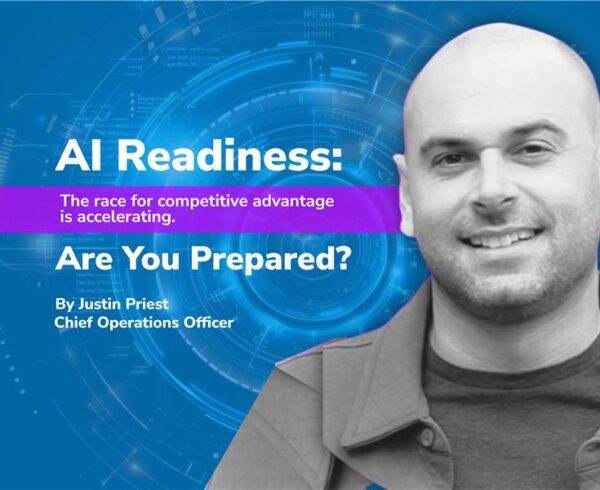Artificial intelligence is no longer a future concern in hiring. It is here, shaping how resumes are written, how interviews unfold, and even how identities are presented. While these tools can make the hiring process faster and more efficient, they also introduce new risks that background screening must now address.
The Rise of AI-Enhanced Profiles
AI has made it easier than ever for job seekers to create polished applications that look flawless. Gartner projects that by 2028, one in four candidate profiles worldwide will be fake. That figure captures how fast identity and resume fraud is spreading, and how urgently companies must adapt.
The challenge is not just about documents. In fact, in a survey of more than 3,000 candidates, six percent admitted to committing interview fraud, such as having someone else participate on their behalf. Combined with AI “whisper tools” that can feed answers during remote interviews, the risk of misrepresentation is real and it’s growing.
Trust Is On the Line
There is also the question of trust. According to a Pew Research Center survey, more than seven in ten Americans oppose the idea of employers using AI to make final hiring decisions, while only a very small fraction support it. That level of resistance shows how skeptical people remain when technology takes on too much influence in the hiring process.
For employers, this means that background checks are not just about confirming identity or catching misrepresentation. They are also about restoring confidence for both clients and candidates that the process remains transparent, accountable, and human-centered.
What Leaders Can Do
1. Deploy Robust Identity Verification Early
Use document verification, biometric checks, or live video confirmation to establish that each candidate is who they claim to be.
2. Layered and Role-Based Verification
Tailor the depth of background checks to the sensitivity of the position. High-risk roles require deeper scrutiny, while lighter checks may be sufficient for general positions when paired with other safeguards.
3. Skills Demonstrations and Practical Tests
Require candidates to show what they can do through proctored assessments, case studies, or live simulations that make AI assistance far less useful.
4. Structured Interview Practices
Build interviews around behavioral and scenario-based questions that demand real experience and insights. These are difficult for AI to generate convincingly in the moment.
5. Transparency with Clients and Candidates
Share clearly how background screening works, what safeguards are in place, and how AI risks are being managed. This builds credibility and strengthens trust in the process.
6. Policy, Training, and Monitoring
Create internal policies on how AI can or cannot be used during assessments, train recruiters to recognize red flags, and keep procedures aligned with evolving regulations.
Why It Matters Now
AI is reshaping the hiring process faster than most organizations anticipated. The risks of identity fraud, inflated resumes, and diminished trust are not abstract, and they are already appearing in the market. Background screening is the human validation layer that ensures authenticity, safeguards compliance, and preserves trust.
By strengthening verification and being transparent about these safeguards, organizations can not only protect clients but also position themselves as leaders in a marketplace where trust is the true differentiator.






